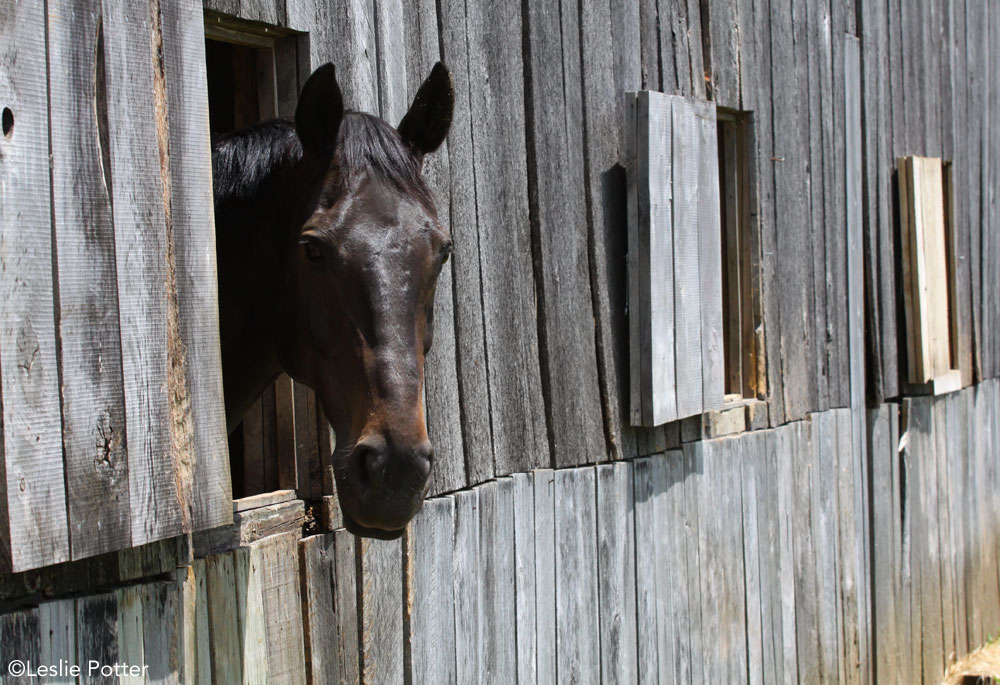A variety of injuries can sideline a horse. Treatment and rehabilitation will depend on the particular injury, the severity of that injury and your individual horse, his age, overall health and intended use. For example, the success rate for treating fractures in foals is much higher than in adult horses, as there is less weight on the injured limb and they heal quickly.

The first step with any major injury is always prompt veterinary attention. Be sure to discuss realistic expectations with your vet. Certain injuries may heal to the point where a horse can have a comfortable and happy life as a “pasture ornament” but won’t be able to be ridden. For instance, depending on the configuration of the fracture, some pelvic fractures heal so successfully that the horse can return to athletic soundness, while in other cases the horse is left with permanent lameness.
After surgery or recommended treatment, your veterinarian will outline a rehabilitation program, based on your horse’s specific injury. Stall rest is standard with any major injury, but the length of confinement will vary. With some cannon bone fractures the horse will be riding again five months later, while a complicated fracture can require stall rest and confinement for up to a year. Rehabilitation of a bowed tendon typically requires a minimum of six months and as much as 16 months, though not all of this will be spent in a stall. With most fractures the horse is confined to a stall for anywhere from 60 to 120 days.
Once an injury begins to solidly heal, your vet will tell you when you can begin exercising the horse (usually limited to hand walking) and for how long. As rehabilitation continues the horse may be allowed restricted turnout in a small paddock. In many cases, your veterinarian will want to lightly sedate the horse before it is turned out for the first time to lessen the chance of the horse re-injuring itself by racing around. If there are no complications and healing progresses well, many horses with injuries will be able to be turned out regularly, or even be back to work.
Further Reading
Equine Tendon and Ligament Injuries






